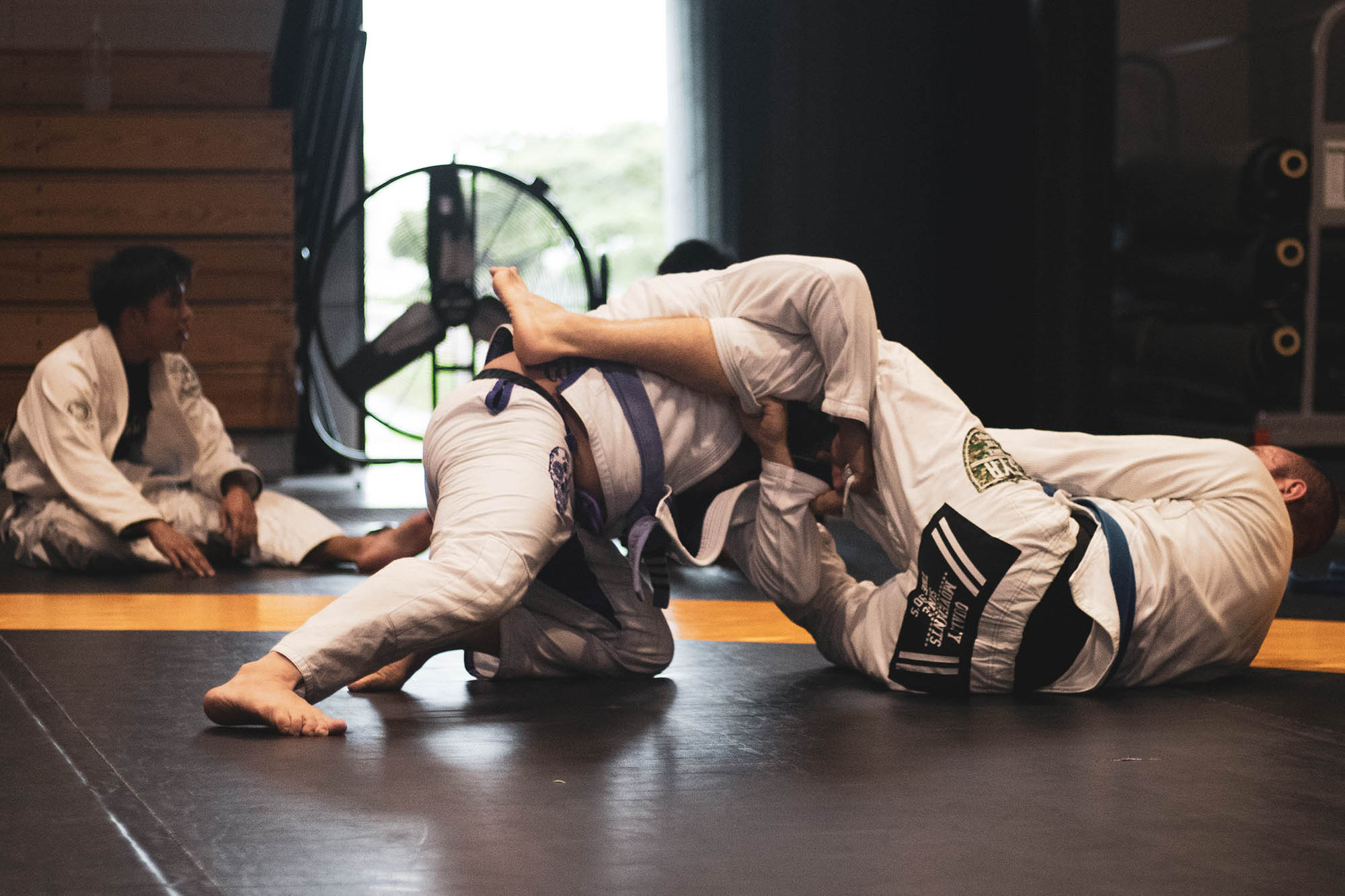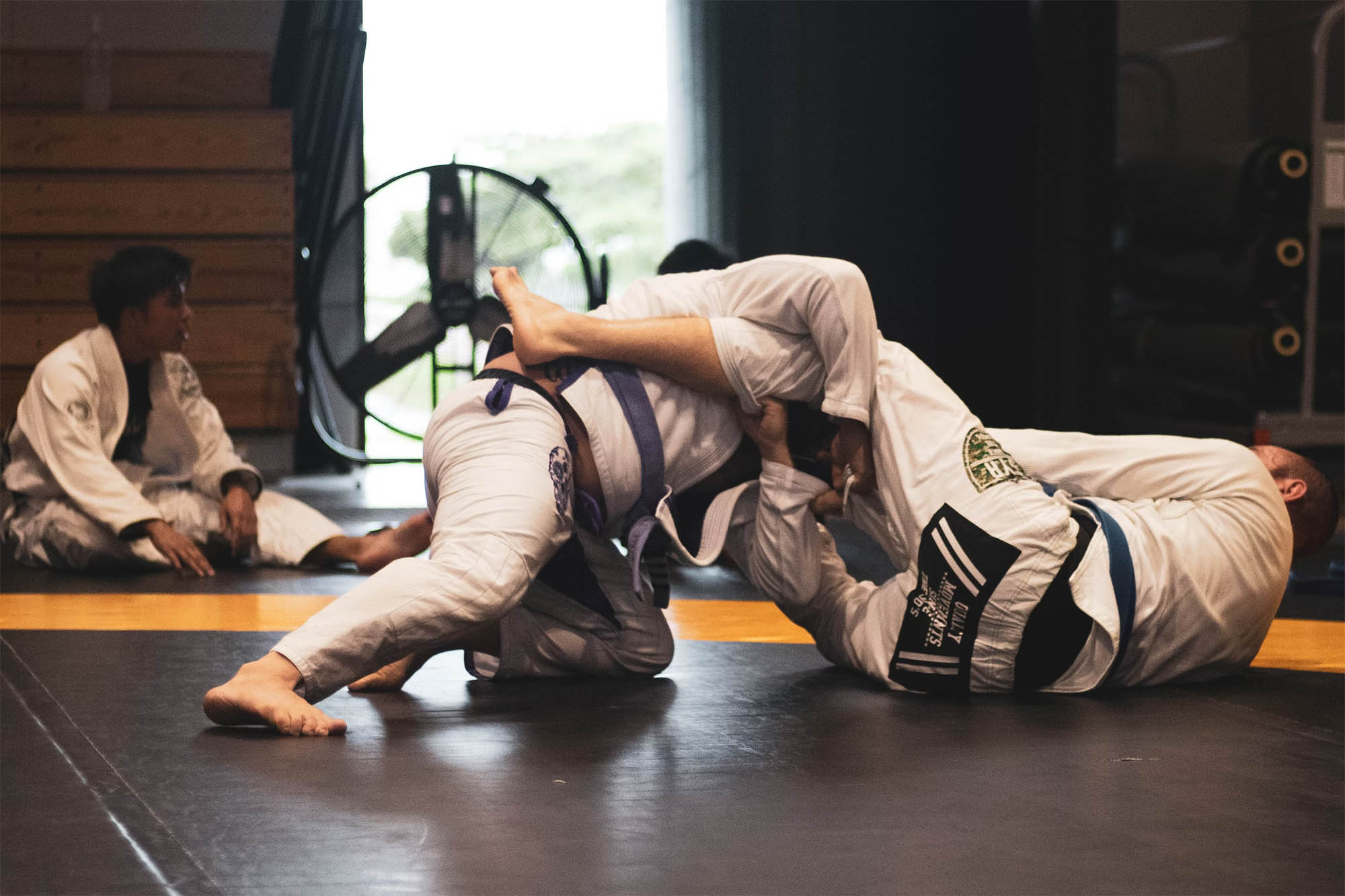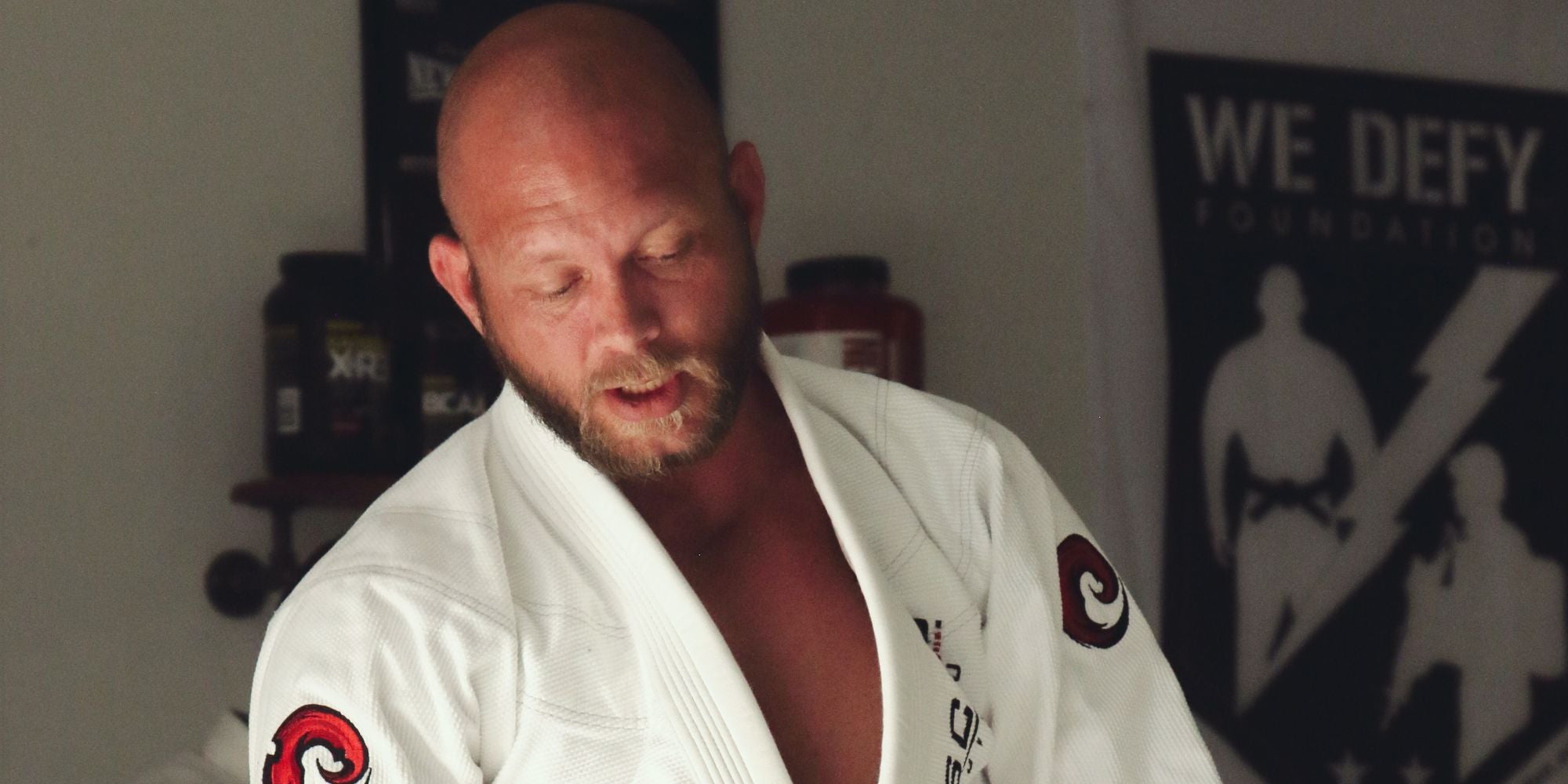Comparing Aikido vs BJJ – Which is Better?

When it comes to martial arts, there are countless styles to choose from, each with its own unique history, techniques, and philosophies. Two of the most popular martial arts today are Aikido and Brazilian Jiu-Jitsu (BJJ). While these two martial arts may seem very different at first glance, they both have a lot to offer in terms of fitness, self-defense, and competition skills.
Aikido
Aikido is a Japanese martial art that was founded in the early 20th century by Morihei Ueshiba. Ueshiba was a skilled martial artist who had trained in a variety of different styles, including Jujutsu and Kendo. He combined elements of these styles with his own spiritual beliefs to create Aikido.
The philosophy behind Aikido is one of non-violence and harmony. The goal of Aikido is not to defeat an opponent, but rather to redirect their energy and use it against them. This is done through a variety of techniques, including throws, joint locks, and strikes.
History of Aikido
Aikido was founded by Morihei Ueshiba in the early 20th century. Ueshiba was born in 1883 in what is now present-day Wakayama Prefecture, Japan. He began his martial arts training in his youth and went on to study under many different teachers in a variety of styles.
In the early 1920s, Ueshiba moved to Hokkaido and began developing his own martial art, which he called Aikido. He continued to refine his techniques throughout his life, and Aikido eventually became one of the most popular martial arts in Japan.
Belt Ranking System in Aikido
Like many martial arts, Aikido uses a belt ranking system to indicate a practitioner's level of skill and experience. The ranking system in Aikido is divided into two main categories: kyu (student) and dan (black belt).
The kyu ranks are numbered from 6th kyu (lowest) to 1st kyu (highest). Students typically begin at the 6th kyu level and work their way up through the ranks by demonstrating proficiency in various techniques and concepts.
The dan ranks are numbered from 1st dan (lowest) to 10th dan (highest). The dan ranks are typically only awarded to those who have achieved a high level of skill and experience in Aikido.
Notable Figures in Aikido
There have been many notable figures in the world of Aikido over the years, including:
- Morihei Ueshiba: As the founder of Aikido, Morihei Ueshiba is perhaps the most important figure in the history of the martial art.
- Koichi Tohei: Tohei was a student of Ueshiba's and went on to become one of the most influential Aikido instructors in the world. He is credited with popularizing Aikido in the United States.
- Mitsugi Saotome: Saotome is a prominent Aikido instructor who has written several books on the martial art. He has trained many top-level Aikido practitioners.
Brazilian Jiu-Jitsu (BJJ)
Brazilian Jiu-Jitsu (BJJ) is a grapplingmartial art that originated in Brazil in the early 20th century. It was developed by the Gracie family, who sought to create a style of martial arts that would allow a smaller, weaker person to defeat a larger, stronger opponent.
BJJ is known for its emphasis on ground fighting and submission holds. Practitioners of BJJ aim to take their opponent down to the ground and then use various grappling techniques to gain control and ultimately submit their opponent.
History of BJJ
BJJ was developed in Brazil by the Gracie family in the early 20th century. The family was heavily involved in the martial arts, and they sought to develop a style that would be effective in real-world self-defense situations.
The Gracie family's style was heavily influenced by Japanese Jiu-Jitsu, which they had learned from a Japanese immigrant named Mitsuyo Maeda. The Gracies began refining their style and testing it in matches against other martial artists.
As BJJ gained popularity, it began to be used in combat sports such as mixed martial arts (MMA) and submission wrestling. Today, BJJ is one of the most popular martial arts in the world, and it is widely regarded as one of the most effective styles for self-defense and competition.
Belt Ranking System in BJJ
Like Aikido, BJJ uses a belt ranking system to indicate a practitioner's level of skill and experience. The ranking system in BJJ is divided into two main categories: kyu (student) and dan (black belt).
The kyu ranks are numbered from 4th kyu (lowest) to 1st kyu (highest). Students typically begin at the 4th kyu level and work their way up through the ranks by demonstrating proficiency in various techniques and concepts.
The dan ranks are numbered from 1st dan (lowest) to 7th dan (highest). The dan ranks are typically only awarded to those who have achieved a high level of skill and experience in BJJ.
Notable Figures in BJJ
There have been many notable figures in the world of BJJ over the years, including:
- Helio Gracie: Helio Gracie was one of the founders of BJJ and a member of the Gracie family. He is credited with developing many of the techniques that are used in BJJ today.
- Royce Gracie: Royce Gracie is perhaps the most famous member of the Gracie family. He gained fame in the early days of the UFC by using his BJJ skills to defeat much larger opponents.
- Renzo Gracie: Renzo Gracie is a prominent BJJ instructor who has trained many top-level practitioners. He has also competed in MMA and other combat sports.
Comparing Aikido and BJJ
While Aikido and BJJ may seem very different on the surface, they both have a lot to offer in terms of fitness, self-defense, and competition skills. Here are some of the key similarities and differences between the two martial arts:
Techniques
Aikido and BJJ use very different techniques. Aikido emphasizes throws, joint locks, and strikes, while BJJ focuses on grappling and ground fighting. While there is some overlap between the two styles, they are fundamentally different.
Philosophy
The philosophy behind Aikido and BJJ is also quite different. Aikido emphasizes blending with an opponent's movements and using their energy against them, while BJJ focuses on controlling an opponent and submitting them using various grappling techniques. Both styles have a strong emphasis on discipline and self-improvement, but their approaches to achieving these goals are quite different.
Self-Defense
Both Aikido and BJJ are effective for self-defense, but they approach it from different angles. Aikido focuses on redirecting an opponent's energy and using their momentum against them, while BJJ focuses on taking an opponent down to the ground and controlling them using grappling techniques. Both styles can be effective in real-world self-defense situations, but their approaches are quite different.
Competition
Both Aikido and BJJ have competition components, but they are quite different. Aikido competitions are typically non-competitive and emphasize demonstration of technique rather than defeating an opponent. BJJ competitions, on the other hand, are very competitive and emphasize submitting an opponent using various grappling techniques.
Relevance Today
Both Aikido and BJJ have remained relevant in the modern era, but they have taken different paths. Aikido is often viewed as more of a traditional martial art, and its practitioners tend to focus more on the philosophical and spiritual aspects of the practice. BJJ, on the other hand, has become a popular combat sport and is widely regarded as one of the most effective martial arts for self-defense and competition.
Which is Better: Aikido or BJJ?
When it comes to deciding which martial art is better, the answer really depends on what you are looking for. If you are interested in a more traditional martial art with a strong focus on philosophy and spirituality, Aikido may be a better fit for you. If you are interested in a martial art that is highly effective for self-defense and competition, BJJ may be a better fit.
Ultimately, the best way to determine which martial art is right for you is to try them both out and see which one resonates with you more. Many martial arts schools offer free trial classes, so take advantage of these opportunities to see which style you prefer.
Conclusion
Both Aikido and BJJ are highly effective martial arts with unique histories, techniques, and philosophies. While they may seem very different on the surface, they both have a lot to offer in terms of fitness, self-defense, and competition skills. Whether you choose Aikido or BJJ, the most important thing is to find a style that resonates with you and to practice it consistently over time.
Sources:
- https://www.akcjaikido.pl/en/what-is-aikido/history-of-aikido
- https://www.japantimes.co.jp/life/2009/02/13/general/aikido-a-peaceful-martial-art-but-one-that-takes-no-prisoners/
- https://www.bjjheroes.com/bjj-culture/history-of-brazilian-jiu-jitsu
- https://www.grapplinginsider.com/what-is-bjj-history-of-brazilian-jiu-jitsu/
- https://bjj-world.com/bjj-vs-aikido-pros-and-cons/
- https://www.flograppling.com/articles/6044706-why-bjj-is-the-best-martial-art-for-self-defense



